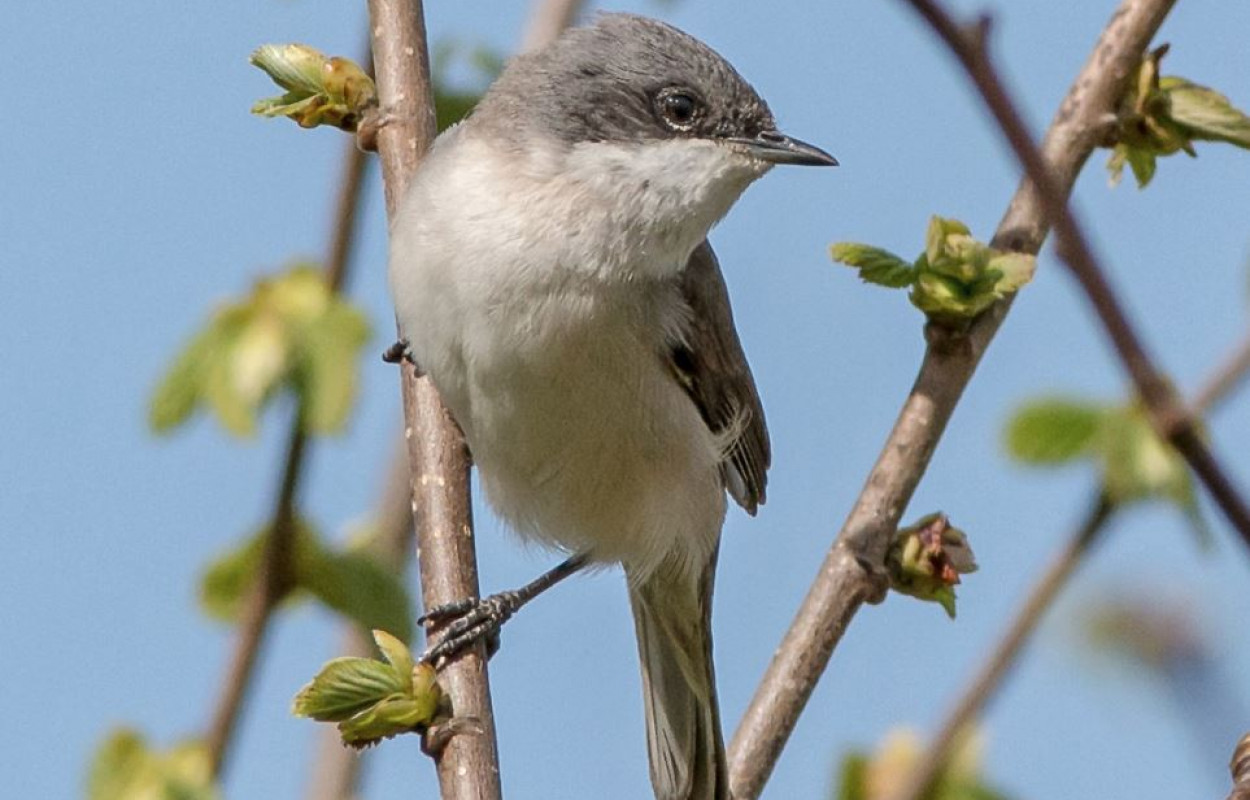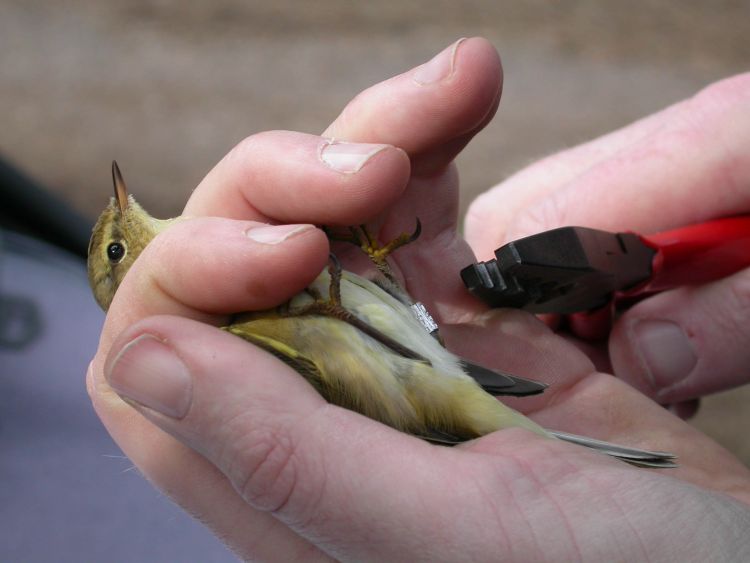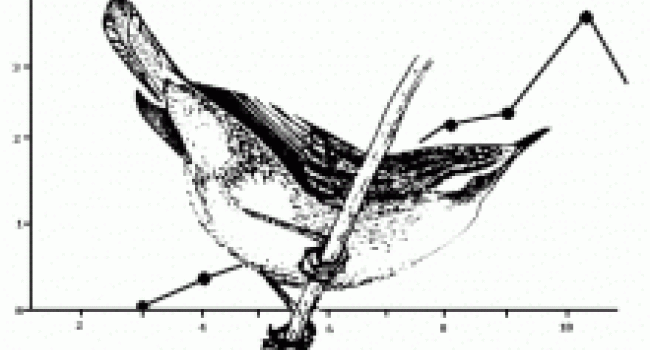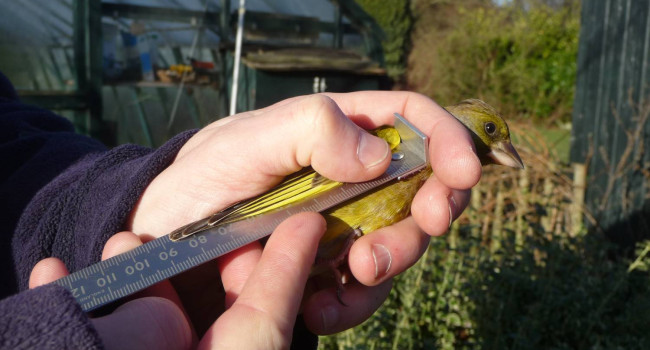Demographic variation in space and time: implications for conservation targeting

Author(s): Morrison, C.A., Butler, S.J., Clark, J.A., Arizaga, J., Baltà, O., Cepák, J., Nebot, A.L., Piha, M., Thorup, K., Wenninger, T. & Robinson, R.A.
Published: March 2022
Journal: Royal Society Open Science Volume: 9 ( part 3 )
Digital Identifier No. (DOI): 10.1098/rsos.211671
Researchers used ringing data collected from over 300 sites across Europe to assess variation in the breeding productivity and survival of 26 passerine species across space and time. The results suggest that targeting factors affecting breeding site productivity will result in more effective conservation outcomes than attempts to address variation in annual survival rates.
Abstract
Population declines are increasingly common in both widespread and threatened species, and attempts to reverse these trends are often limited in their success. This raises a vital question: how can we target limited conservation resources more effectively to improve the outcomes for birds?
Understanding variation in survival and breeding productivity is key. Conservation which improves either of these demographic rates boosts populations by increasing either survival - the number of adult birds surviving year-to-year - or productivity - the number of young birds raised successfully. To determine which conservation interventions will be successful, therefore, we need to have a thorough knowledge of the way these demographic rates vary across space and time, and which factors influence them most strongly.
Quantifying demographic rates requires a long-term dataset from a wide geographical area, such as those collected by citizen-science monitoring schemes. Ringing Constant Effort Sites (CES) are ideal for this, particularly as they follow a standardised methodology: licensed ringers use mist-nets in the same positions, for the same length of time to catch and ring birds between April- May and July-August (depending on site latitude) every year. Birds ringed are often recaptured, generating ‘capture-recapture’ data which can be used to calculate rates of survival and productivity.
This study collated ten years of demographic data from over 300 CES sites across Europe, analysing survival and productivity for 26 passerine species such as Wren, Blackcap, Songthrush, Bearded Tit and Reed Bunting. The researchers ran six statistical models for every species, comparing the extent of variation in survival and productivity between sites and years as well as the extent to which annual variation in these rates is synchronous across geographical space.
The results showed that productivity tends to vary between sites, but is consistent through time. This suggests that comparison of local conditions between high- and low-productivity sites could reveal key factors which affect the number of young raised. These factors could then be targeted by conservation in low-productivity areas to improve demographic rates. However, survival shows the reverse pattern; it tends to vary between years, but this variation is more synchronous across geographical sites than productivity. Addressing survival rates would therefore require predicting when conditions likely to result in high adult mortality will occur and deploying conservation actions to mitigate this, something which, in most cases, is far less feasible and potentially less effective.
Notes
Funding. The study was funded by NERC (project nos. NE/L007665/1 and NE/T007/354/1). Data collection was financially supported by the Ministry of Culture of the Czech Republic (DKRVO 2019–2023/6.VIII.b, National Museum, 00023272) and the JNCC (on behalf of Natural England, Natural Resources Wales, Scottish Natural Heritage and the Department of the Environment, Northern Ireland).
Acknowledgements. This study was made possible by strong pan-European collaborations and friendships and is the result of thousands of hours of fieldwork by dedicated volunteers. Analysis was carried out on the High Performance Computing Cluster supported by the Research and Specialist Computing Support service at the University of East Anglia.








Share this page